The Two-Stage Mixing Method
There are many methods for mixing ingredients when it comes to baking. I was not much of a baker myself, so I asked my friend Pastry Chef Jenni Field to explain various mixing methods, where and when to use them, and tips for doing it properly.
You can read her post Important Mixing Techniques For Baking to learn about the Creaming Method, the Muffin Method & the Biscuit Method. Here Jenni is going to explain the important Two-Stage Mixing Method.
The Two-Stage Method
The two-stage method is another mixing method in which it is critical to have all your ingredients at cool room temperature.
As a brief review, all the dry ingredients, including sugar, go in the mixing bowl. I italicize sugar because we are so programmed to add the sugar and the fat at the beginning since most cake recipes follow the creaming method, that if you don’t have your mise en place all laid out, it is very easy to leave out the sugar.
So, don’t forget. Mix eggs and liquid flavorings with ¼ of the other liquid called for. This mixture goes in and gets beaten together with the dry ingredients. The rest of the liquid is then added in three stages.
If your ingredients are not at cool room temperature, you will not get an even incorporation of fat. The fat must be soft enough to evenly coat and mix with all the dry ingredients. This method works very well, and almost any recipe calling for the creaming method can be prepared using the two-stage method instead.
Here’s some science behind why it works.
By thoroughly mixing all of the dry ingredients in the mixing bowl, you ensure not only the even distribution of leaveners but also the inclusion of small air pockets that will further assist in leavening during the rest of the mixing and baking process. You will not trap as much air with just the dry ingredients as you will in a creaming method with fat + sugar so that the resulting product will have a tighter crumb.
In the next step, the eggs (high fat/high protein/emulsifiers) and fat are mixed together with a fraction of the liquid.
So, what are we doing here?
The dry ingredients, focusing on the flour, are simultaneously coated with fat and agitated with a controlled amount of liquid. We can now produce a tender product with controlled gluten production (by controlling the amount of liquid added to the fat) while achieving a homogenous batter (the emulsifiers in the egg help with that).
This initial beating of dry + fats + eggs + a small amount of liquid creates the batter’s structure, so don’t skimp on this stage. Once the dry ingredients are moistened, beat the mixture on medium speed for a good 1 ½-2 minutes. This will help to beat more air into the batter, capitalizing on the air that was already there from mixing the dry ingredients.
Since the leaveners are evenly dispersed throughout the batter, they will release carbon dioxide when mixed with the liquid. And, since we are initially adding a small amount of liquid, we can also control the rate at which the leaveners emit carbon dioxide.
When mixed with a small amount of liquid, the carbon dioxide bubbles are much smaller than when mixed with a large amount of liquid. These small carbon dioxide bubbles will assist in the overall rise of the product, but again, the resulting crumb will be tighter.
Stop and scrape the bowl several times during the mixing to ensure an even batter. At this point, you have all the gluten development you want, and adding more liquid will just increase the likelihood of a tough or chewy end product if you continue to beat aggressively.
Add the remaining liquid on low speed in three additions, pausing to scrape between additions and mixing only until the liquid is incorporated.

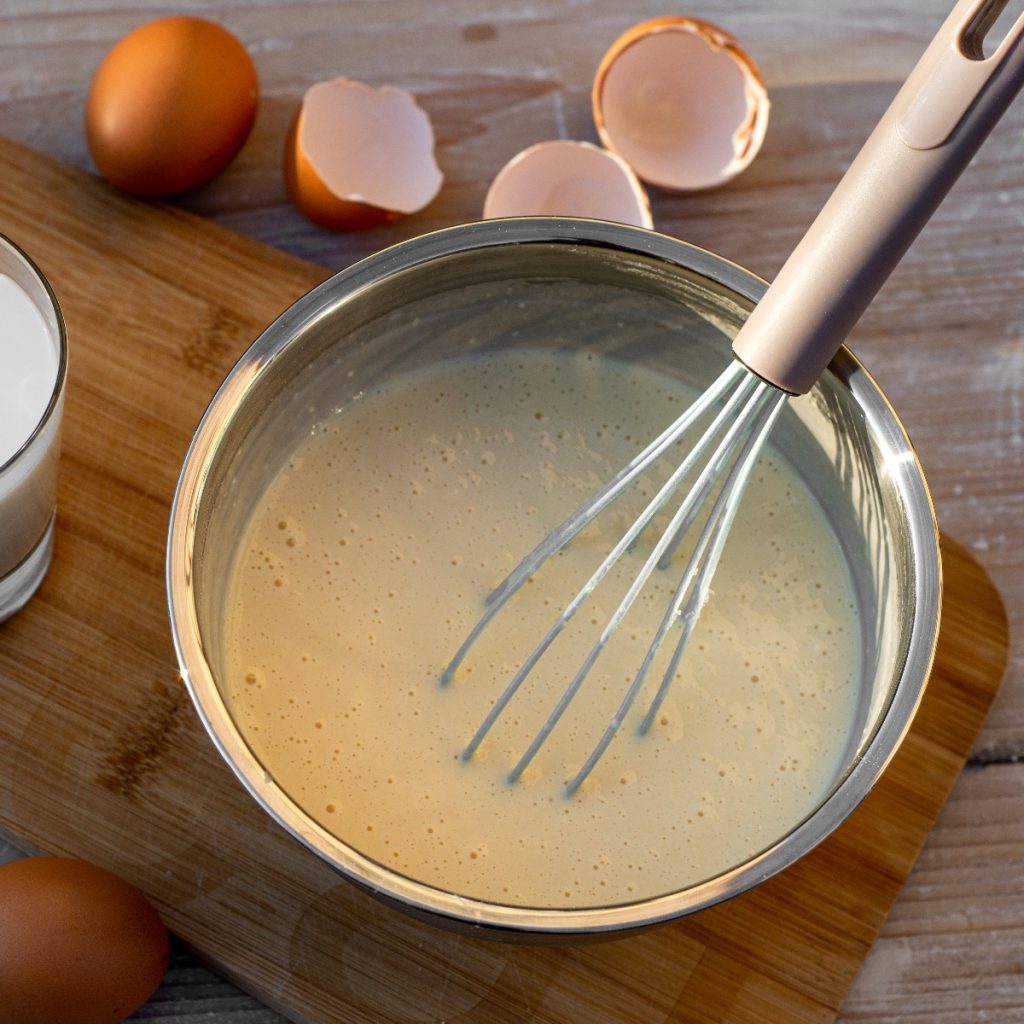
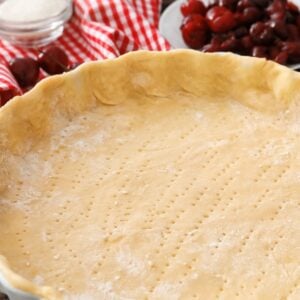

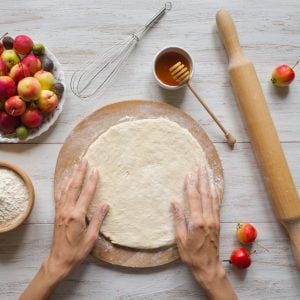
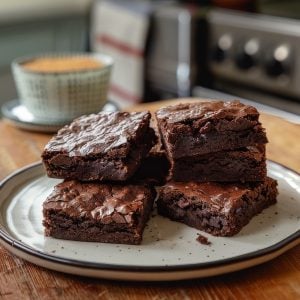
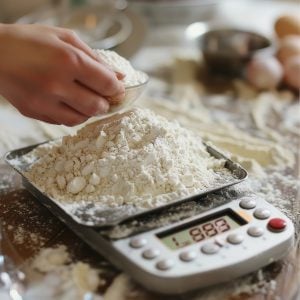
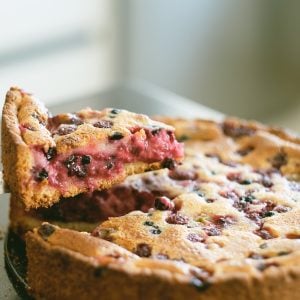
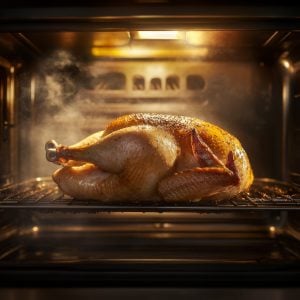
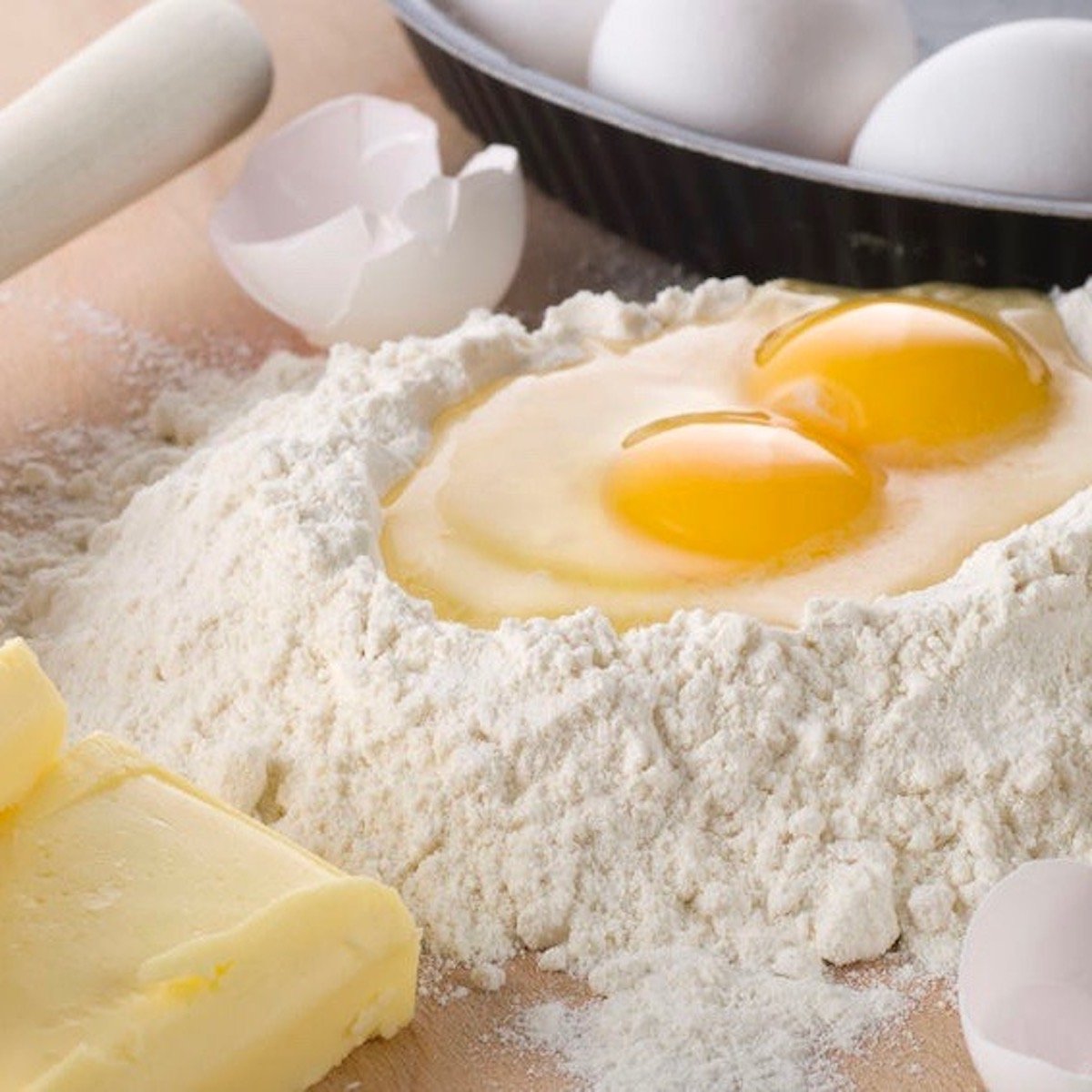
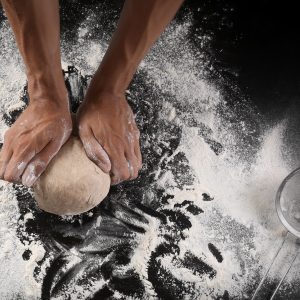


One Response
Hi. Would the two stage method work with an egg substitute? Thanks.